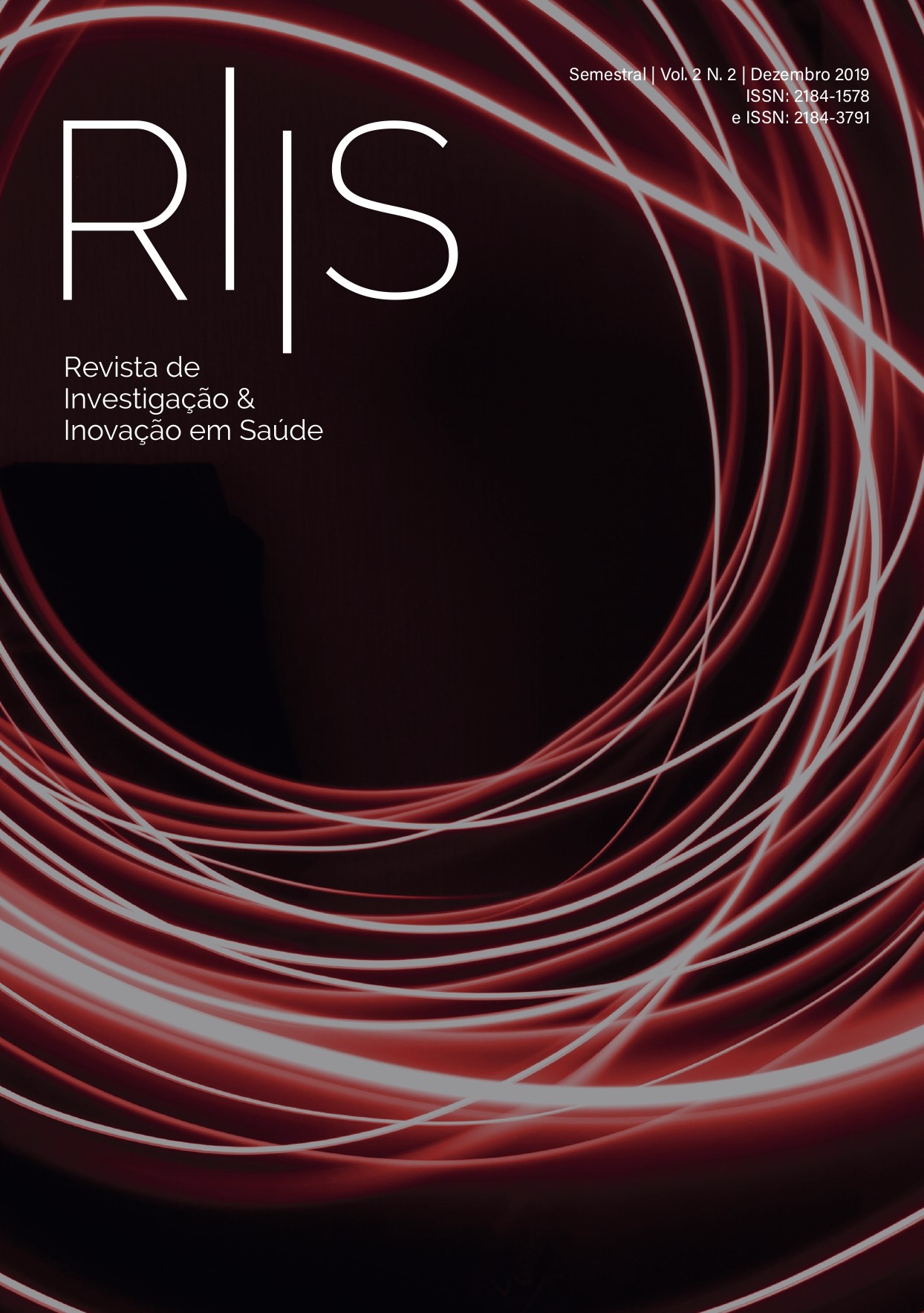Abstract
Background: acute postoperative pain is defined as the existing pain in a surgical patient, after being submitted to a surgical procedure. In order to reduce or eliminate postoperative pain, it is recommended that it be controlled before, during and after a surgical procedure and that its re-evaluation be an integral part of this procedure. Objective: to explore the social representation of nurses about postoperative visits to surgical clients with acute pain. Methodology: exploratory qualitative study, guided by the theory of social representations. 73 nurses participated in the study. The data collection instrument was a questionnaire (googledocs) with a Free Word Association Test and data analysis using Iramuteq. Results: anesthesia and surgical nurses, when they think of the postoperative visit, in clients with acute pain, refer to teamwork. These professionals value pain, vigilance, control and pain relief. These professionals value pain, vigilance, control and pain relief. Conclusion: the social representation of nurses during the postoperative visit has the team as their central core, stressing the importance of pain surveillance and control to promote their relief.
References
Colquhoun, L., Shepherd, V., & Neil, M. (2019). Pain management in new amputees: a nursing perspective. British Journal of Nursing, 28(10), 638-646. https://doi.org/10.12968/bjon.2019.28.10.638
Conselho Internacional de Enfermeiros. (2016). CIPE® Versão 2015 - Classificação Internacional para a Prática de Enfermagem. Loures: Lusodidata
Dany, L., Urdapilleta, I., & Lo Monaco, G. (2015). Free associations and social representations: some reflections on rank-frequency and importance-frequency methods. Quality and Quantity, 49, 489-507
Direção Geral de Saúde. (2003). A Dor como 5º sinal vital. Registo sistemático da intensidade da Dor. Circular Normativa Nº9/DGCG. Lisboa: Ministério da Saúde.
Ferreira, M. D. (2016). Teoria das Representações Sociais e Contribuições para as Pesquisas do Cuidado em Saúde e de Enfermagem. Escola Anna Nery Revista de Enfermagem, 20(2), 214-215.
Fontes, K., & Jaques, A. (2007). O papel da Enfermagem frente ao monitoramento da dor como 5º sinal vital. Ciência, Cuidado e Saúde, 6(Suplem.2), 481-487.
Fortin, M.F., Cótê, J., & Filion, F. (2009). Fundamentos e etapas do processo de investigação. Loures: Lusodidata.
Garcia, J. B., Bonilla, P., Kraychete, D. C., Flores, F. C., Valtolina, E. P., & Guerrero, C. (2017). Aprimorar o controle da dor no pós-operatório na América Latina. Revista Brasileira de Anestesiologia, 67, 395-403.
International Association for the Study of Pain - IASP. (2009). Diretrizes da IASP 2009. Retirado de https://www.iasp-pain.org/Education/Content.aspx?ItemNumber=1381
Marchand, P., & Ratinaud, P. (2011). L’analyse de similitude appliquée aux corpus textuels: les primaires socialistes pour l’élection présidentielle française. Toulouse: Université de Toulouse.
Moscovici, S. (2003). O fenómeno das representações sociais. In S. Moscovici (Ed.), Representações sociais: investigações empsicologia social (pp. 29-109). Petrópolis: Vozes.
Ordem dos Enfermeiros. (2008). Dor - Guia orientador de boa prática . Lisboa: Ordem dos Enfermeiros.
Quadros, L., & Borges, R. (2016). Dor pós-operatória. In C. H. Vouga, C. H. Leiria, C. H. Viseu, & C. H. Coimbra, Manual de Cuidados Pós-Anestésicos (pp. 120-131). Coimbra.
Queiróz, D. T., Carvalho, M. A., Carvalho, G. D., Santos, S. R., Moreira, A. S., & Silveira, M. ( 2015). Dor – 5º sinal vital: conhecimento de enfermeiros. Revista de Enfermagem UFPE On Line, 9(4), 7186-92. Retirado de https://periodicos.ufpe.br/revistas/revistaenfermagem/article/downlood/10477/11322
Shug, S. A. (2011). The global year against acute pain. Anaesthesia and Intensive Care, 39, 1-14
Souza, V., & Corgozinho, M. (2016). A enfermagem na avaliação e controle da dor pós-operatória. Revista Científica Sena Aires, 5(1), 70-78.
SPA. (2018). Conselhos da Sociedade Portuguesa de Anestesiologia - SPA. Recomendações Portuguesas para as Unidades de Dor Aguda. Porto, Portugal.
Xavier, A. T., Lima, M. K., Rodrigues, B. T. M., Cavalcanti, M. C., & Queiroga S. S. (2018). Evaluation of Postoperative Pain under the Nurse’s Point of View. Journal of Nursing UFPE / Revista de Enfermagem UFPE, 12(9), 2436–2441. https://doi.org/10.5205/1981-8963-v12i9a234730p2436-2441-2018
